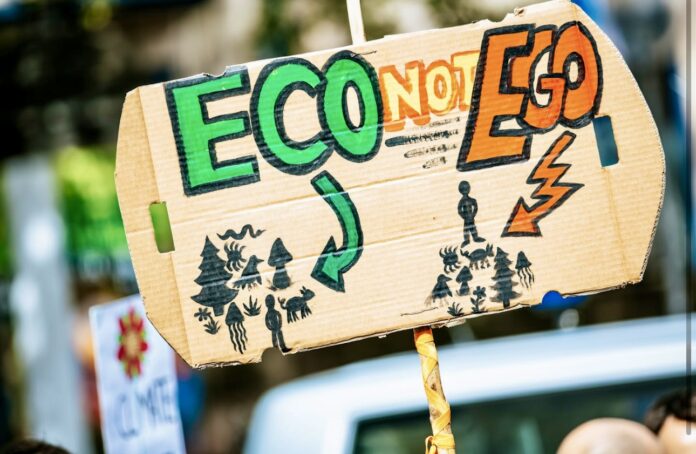In the face of escalating climate change concerns, European nations are ramping up efforts to curb greenhouse gas emissions. With the dire warnings from climate scientists ringing louder than ever, policymakers across the continent are confronting the urgent need for decisive action.
The Scope of the Issue
Europe faces a dual challenge: reducing emissions to mitigate the impacts of climate change and meeting ambitious targets outlined in international agreements such as the Paris Agreement. Greenhouse gas emissions, primarily carbon dioxide (CO2), methane (CH4), and nitrous oxide (N2O), continue to accumulate in the atmosphere, exacerbating global warming and its associated consequences.
National Initiatives and Collective Goals
Each European country grapples with unique circumstances and emission profiles, but there’s a shared recognition of the need for coordinated action. Nations have been rolling out a variety of measures tailored to their specific contexts, ranging from renewable energy investments to stringent emissions regulations for industries.
Leading the Charge: Germany's Energy Transition
Germany, often hailed as a pioneer in renewable energy, has embarked on an ambitious “Energiewende” (energy transition) program. The nation aims to phase out coal-fired power plants and nuclear energy while ramping up investments in wind, solar, and other renewable sources. Despite challenges, such as the intermittency of renewable energy, Germany remains committed to reducing emissions and leading by example.
France's Nuclear Path
France, with its extensive nuclear energy infrastructure, boasts relatively low carbon emissions compared to its European counterparts. However, the nation faces scrutiny over the environmental impacts and safety concerns associated with nuclear power. Nonetheless, France continues to explore cleaner energy alternatives while maintaining its nuclear fleet as a cornerstone of its energy strategy.
Challenges and Controversies
While Europe’s efforts to combat greenhouse gas emissions are commendable, they are not without obstacles. Economic concerns, political divisions, and vested interests often impede progress toward sustainable solutions. Moreover, the transition to renewable energy sources entails significant upfront costs and infrastructure investments, which some nations struggle to afford.
The Role of International Cooperation
Recognizing the transboundary nature of climate change, European nations understand the importance of collaboration on a global scale. Initiatives like the European Green Deal and partnerships with other regions underscore Europe’s commitment to collective action. By sharing best practices, pooling resources, and leveraging diplomatic channels, countries can amplify their impact and accelerate the transition to a low-carbon future.
Looking Ahead
As the effects of climate change become increasingly apparent, the urgency to reduce greenhouse gas emissions grows more pressing. European nations must continue to prioritize sustainability, innovation, and resilience in their policies and practices. By embracing renewable energy, enhancing energy efficiency, and fostering international cooperation, Europe can lead the charge in the global fight against climate change, securing a brighter and more sustainable future for generations to come.
Italians will need to reduce their household consumption by 2035 and align with European standards
The European directive “Green Homes,” approved on March 12, aims to reduce greenhouse gas emissions and energy consumption by 2050. Each member state of the European Union must submit a national restructuring plan with a roadmap indicator outlining the objectives to be achieved by 2026.
The European Union has already calculated that half of European homes require intervention, while only a quarter meet the requirements set by regulations. In Italy, half of the buildings do not meet the requirements due to poor energy efficiency and will therefore need to be renovated.
The key points of the European directive are as follows:
-
New constructions must have zero emissions.
-
Reduction of energy consumption in existing buildings through the replacement of windows, new boilers, and solar panels.
-
Replacement of gas boilers with renewable energy boilers.
The operation is estimated to cost € 275 billion by 2030, and participating countries will have to rely solely on funds allocated by the PNRR, social funds, and cohesion funds.
Ig – @fairness_mag



